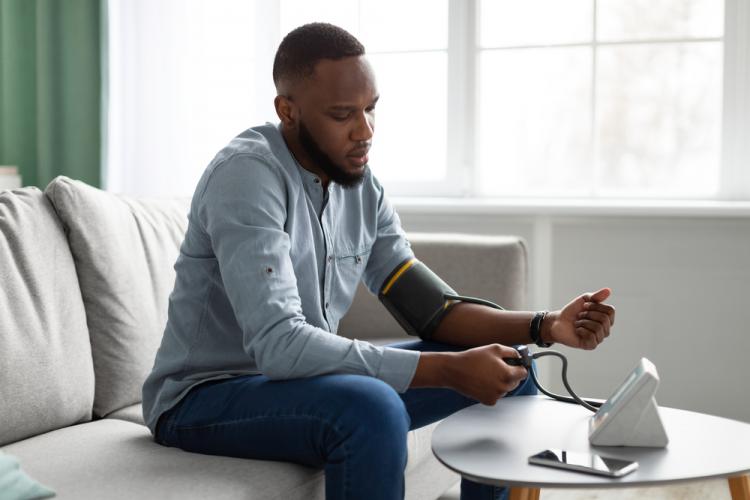Trials@home interviewed 48 people involved in remote decentralised clinical trials, which have grown in prominence thanks to the pandemic

New technology – and now, the COVID pandemic – have caused an uptick in the use of remote decentralised clinical trials (RDCTs), in which digital and other innovations shift activities that usually take place at a hospital or clinic to a participant's home or other more local setting. RDCTs cut visits to clinical centres, make clinical trials more accessible and participant-centred, and produce results that are more applicable to the wider population and easier to translate into practice.
While some challenges are generic to all clinical trials, others are specific to RDCTs. The nuts and bolts are being worked out by the team behind the IMI-funded Trials@Home project, and in a recent paper, they published some conclusions as to what works and what doesn’t based on 48 interviews with people involved in different aspects of RDCTs.
The full paper can be found here: Learning from remote decentralised clinical trial experiences: A qualitative analysis of interviews with trial personnel, patient representatives and other stakeholders
Keeping people motivated
Semi-structured interviews were carried out with people involved in 20 different selected case studies. The interviewees included senior managers, trial managers, technology experts, principal investigators, clinical investigators, research scientists, research nurses, vendors, patient representatives and project assistants.
The general conclusion is that some things, like recruitment, are made easier by remote trials. One woman participating in a fully remote trial explained how she appreciated how easy it was to fit into her routine: “There was something very real world about it … Every quarter I would take my blood pressure measurements … at 8 o'clock in the morning and 8 pm - every day for three days. It was very good … I could do it at home.”
However, many interviewees on the trial management side mentioned that it can be a challenge to keep participants engaged in trial activities. They said that familiar environments and technologies, as well as simple user interfaces for technologies, can help. Providing participants with ongoing feedback about trial progress can make them feel more like collaborators, while feedback from devices can facilitate self-management, according to respondents.
Participant input in creating websites and portals, ensuring they are easy to navigate with clear calls to action, was seen as especially important to engagement. Some case studies, such as an asthma medication trial in adolescents, used patient involvement and extensive user acceptance testing to design web content, for example. Building strong relationships early with trial partners was thought to also be very helpful.
Transferring the burden from patient to trial staff
Some respondents mentioned that multiple ways of capturing information, including patient-reported outcomes (PROs) and routinely collected data, were felt to contribute to data completeness. However, RDCTs may transfer trial activity burden onto participants and remote-working research staff, therefore additional support may be needed. For example, nurse interviewees described stressful new logistical challenges in performing activities nearer to participants.
Perhaps not surprisingly, technology was often cited as a sticking point. Several interviewees expressed frustration with technology not functioning as anticipated, concluding it had not been thoroughly tested in a clinical trial environment.
“RDCTs will continue to face challenges in implementing novel technologies,” the authors conclude. “However, maximising patient and partner involvement, reducing participant and staff burden, and simplifying how participants and staff interact with the RDCT may facilitate their implementation.”
